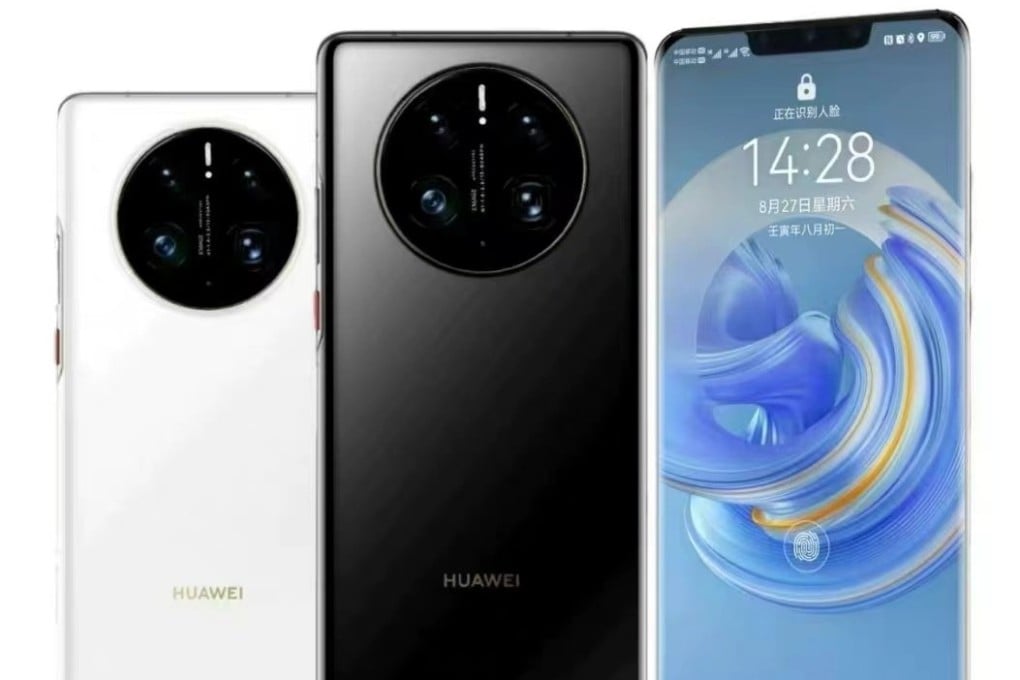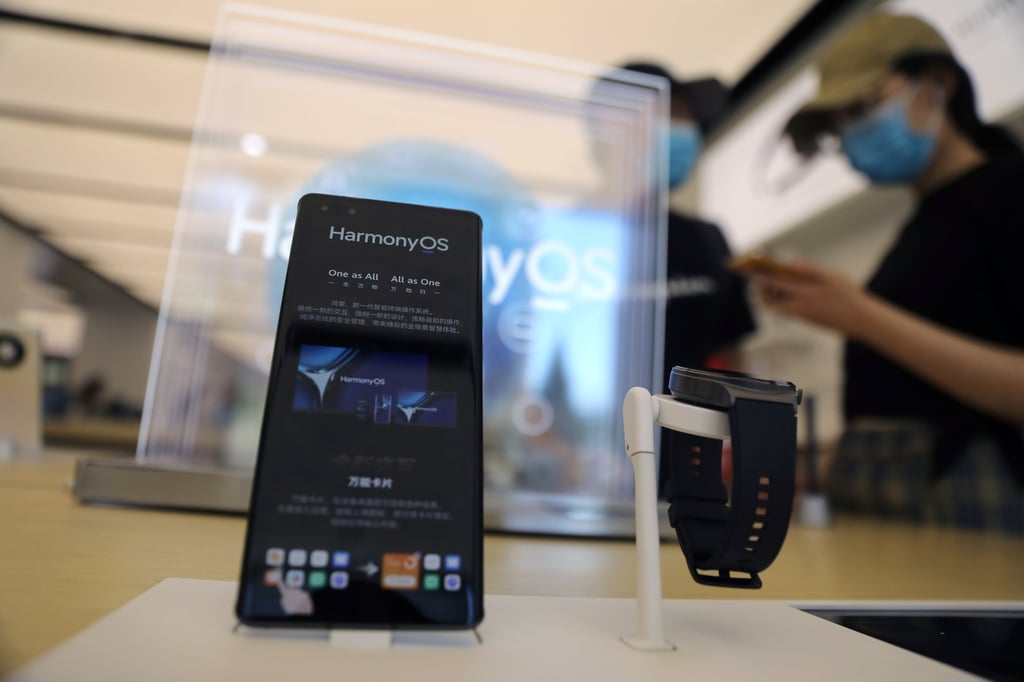Advertisement
Huawei to launch Mate-series smartphone refresh without Leica optics as US sanctions, flagging China economy depress demand
- Huawei will hold the global launch of its new Mate 50-series smartphones on September 6
- That new product introduction will coincide with Apple’s annual iPhone refresh, which is expected to be held on September 7
Reading Time:3 minutes
Why you can trust SCMP

Huawei Technologies Co will introduce the latest edition of its Mate-series smartphones this September, several months after its partnership with Germany’s Leica Camera ended and more than a year since the Chinese company skipped the annual refresh of this premium handset line amid its struggles with US sanctions.
The global launch of the new Mate 50 range will be held on September 6, according to Huawei’s post on Chinese microblogging platform Weibo on Monday.
“After two years, Mate 50 is finally going to meet you all,” said Richard Yu Chengdong, chief executive of Huawei’s consumer business group, in a separate post on Weibo. “The Mate series … carries the beliefs and hopes of many people. Over the years, we have risen to meet the challenges, and constantly made … breakthroughs in technologies.”
Advertisement
Introduced in 2013, the Mate series did not get its annual update last year owing to Huawei’s draining stockpile of Kirin processors, which are designed by the company’s own chip unit HiSilicon and made by Taiwan Semiconductor Manufacturing Co (TSMC).

Huawei has been scrambling to adapt its production of smartphones and telecommunications network equipment amid tightened trade restrictions imposed by Washington in 2020, covering access to semiconductors developed or produced using US technology, from anywhere. Those restrictions extend to its chip design unit HiSilicon and contract manufacturer TSMC.
Advertisement
Advertisement
Select Voice
Choose your listening speed
Get through articles 2x faster
1.25x
250 WPM
Slow
Average
Fast
1.25x